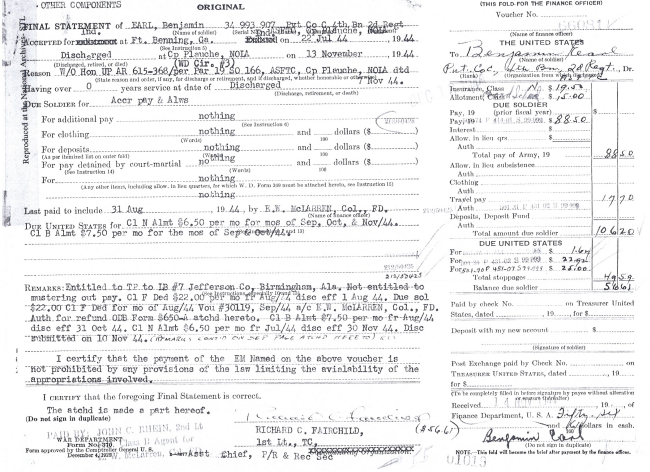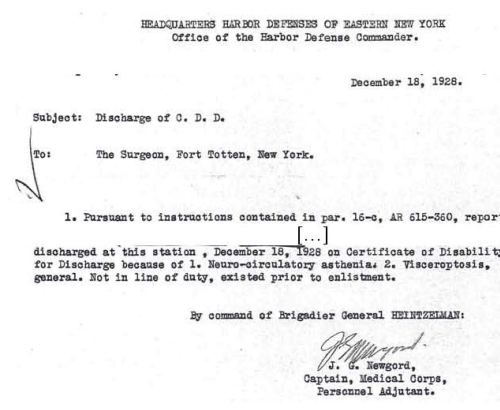This record collection can lead the family researcher / genealogists to uncover more on their ancestors, as it holds a wealth of historical information on the community, kinships, and proof of applicants’ claims.
Kinship | Plantation conditions |
Vital records | Location of residence(s) |
War service | Property ownership |
Name changes | Manumission |
Slave ownership: often with names | Slave loyalty |
Q: Who could make a claim? And, Who did it?
A: Union Loyalists / Supporters. This included property owners during the Civil War, former slaves and free born coloreds. Basically, if it was your ancestors’ property, and they allowed for the Union Army/Navy to use their property, and can prove it, many filed a claim. There were 22, 298 claims and about 220,000 witnesses. Witness may have been a slave or ‘free-colored.”
Q: What could be claimed?
A: Property. This was a property Reimbursement procedure put in place.

A: 1871-1873
A: 12 southern state
Q. How to make a claim?
A: With proof and most often witnesses. Researchers will find proof in the form of a petition accompanied by testimonies; depositions of witnesses and reports penned by special agents.
Slaveholder, Ex-Slave, Free Coloreds
As mentioned, the claims were based on reimbursement for the Union to use property (horse, mule, food from storage, slave, etc. But, the claims were a bit different to prove 1) ownership 2) proof of value.
- Being an abolitionist or union supporter
- Owning a plantation and having a loss
- Claimant information to prove kinships
- Places of residences
- Wills and probates if pertinent to the claim (ownership)
- Legally manumitted: manumission papers proof
- War Service
- Proof of kinship, inheritance
Slave: Ex slaves could also claim but had to prove...
- Slaveholder information
- War Service (contraband)
- Name Changes
- Property Ownership
Where are the Records
These records have been digitized on ancestry.com and fold3.com The originals and microfilmed versions are held in NARA Record Group 217 for the approved / settled claims. For more information read NARA Southern Commission Case Files and Approved Case Files, 1871 - 1880
Disallowed (failed to prove), and barred claims (often because they did not meet the deadline of 3 Mar 1873), can be found in RG233, House of Representatives or at Fold3 partially digitized. (We've had 100% success of uncovering the counties for our clients on Fold3. But some county records may notbe included here and only located at NARA.
Slave Compensation Claims
Slave Compensation Claims allowed loyal slaveholders in the Boarder States, think Kentucky, Missouri, Delaware, Maryland (and some neighboring states), to be compensated for permitting their slaves to enlist in the Union efforts ($300); or were drafted ($100).
More to come on Slave Compensation Claims.














%20(Pinterest%20Pin).png)
















.png)